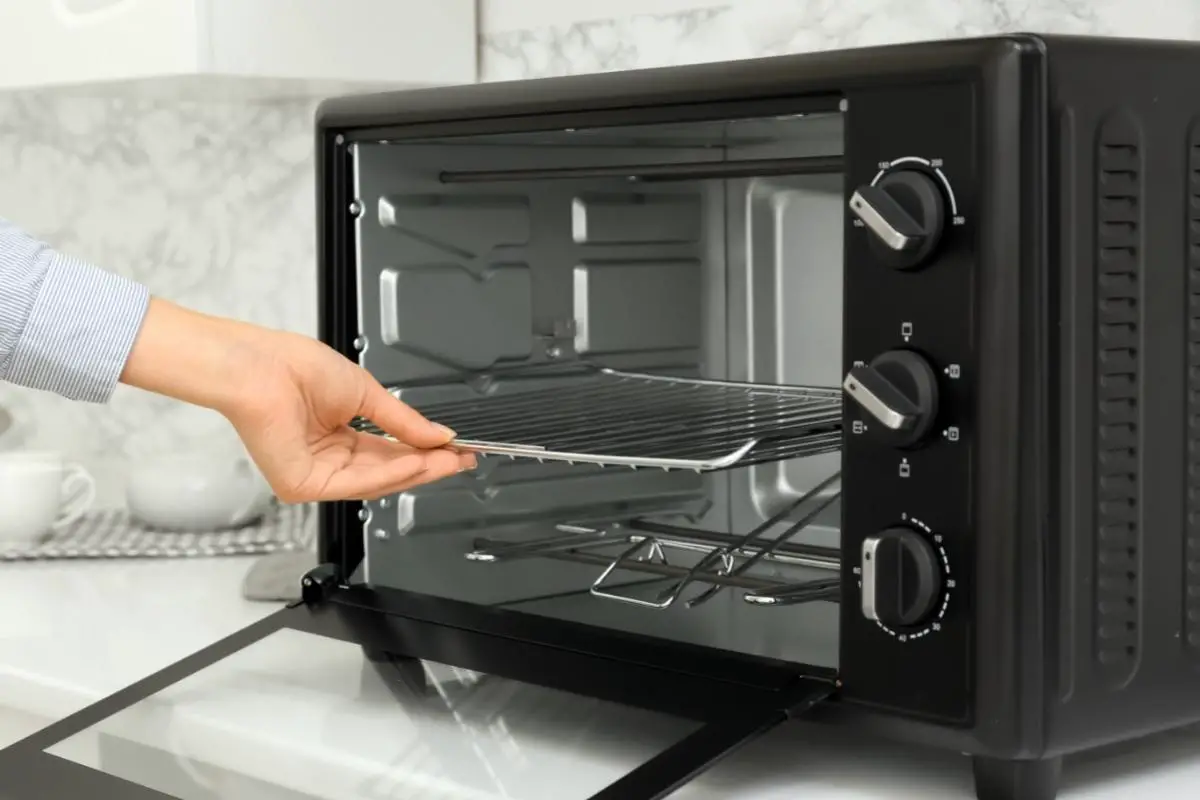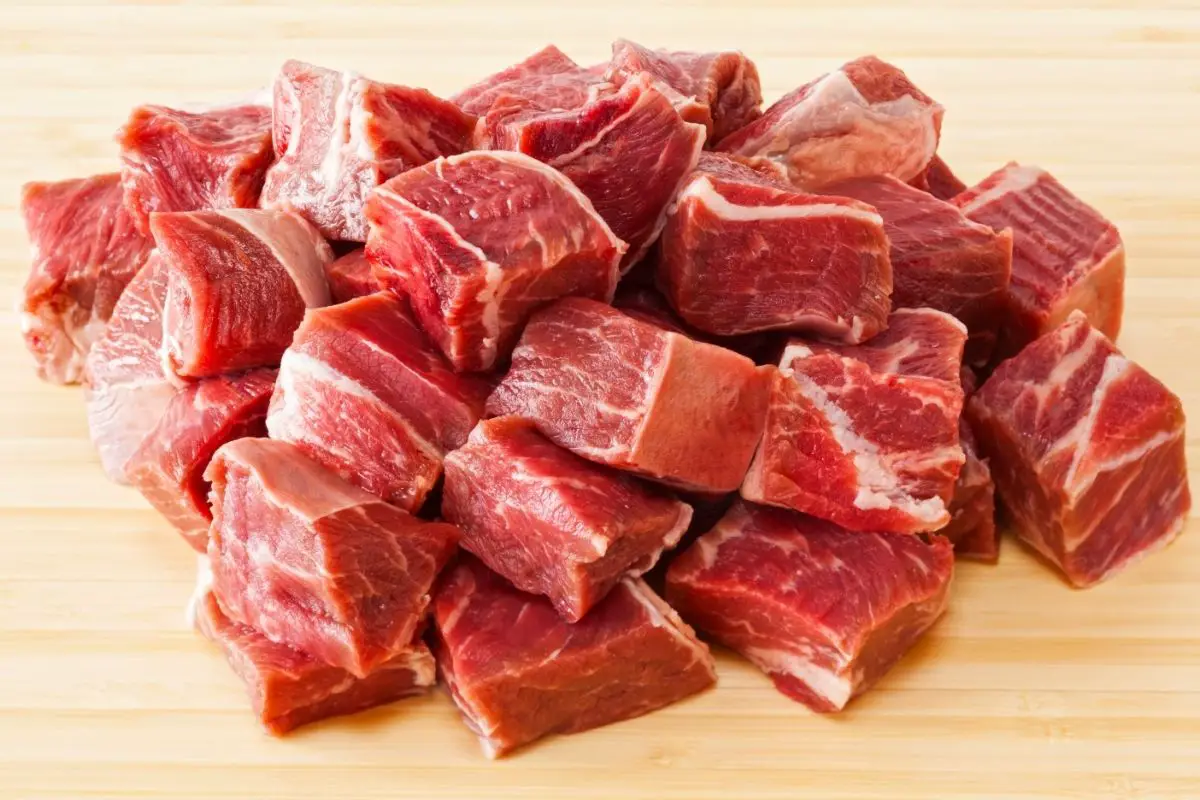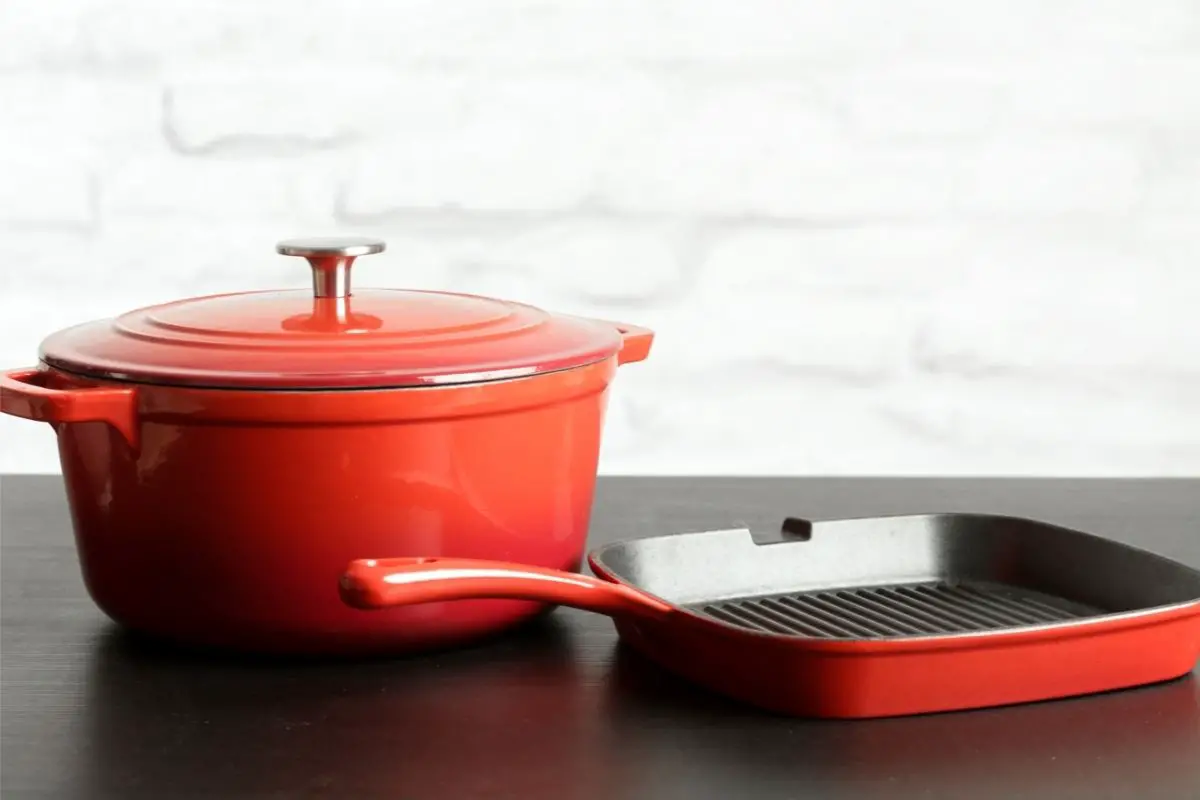A potato ricer is a piece of equipment that isn’t particularly well known, really. The reason that it’s so beloved and used around the world, therefore, might be a puzzle. Well, in this article, we’re going to talk about why you might need to use a potato ricer in your kitchen, as well as how to pick a good meat grinder for ricing potatoes, and how to use any meat grinder you’ve got to rice potatoes.
Why rice potatoes?

There are several reasons that you might want to rice potatoes in your kitchen. Here are just a few of them.
First of all, ricing potatoes prevents overmashing. The process of overmashing comes when you mash and re-mash potatoes in the pot or mixing bowl that you’re using without using a ricer. This process can release more and more starches over time, which can lead to a sticky, wallpaper paste-like texture. This is considered to be particularly undesirable, and a potato ricer eliminates that happening in your kitchen.
Ricing potatoes allows the starch molecules to remain fully formed in some select sections of the potato. While a potato masher will destroy starch molecules throughout the potatoes, the swollen starch molecules will still be intact after ricing. This provides a more even consistency to the final potatoes.
When mashing potatoes, it’s very easy to miss a few spots, leading to an uneven mash which is populated with a range of different lumps. This is, suffice it to say, less than ideal. A ricer is the best way to avoid these lumps since the small holes of a potato ricer lead to a truly smooth final consistency.
Finally, we want to point out how light potatoes can be when they’re prepared with a potato ricer. Mashed potatoes typically include added liquids and fat, which, while tasty, do result in a heavier, stodgier final potato meal.
When using a potato ricer, though, you typically don’t need to add these alternative ingredients, leading to a final side dish that’s a lot lighter and healthier than traditional mashed potatoes.
Things to bear in mind when buying a meat grinder (for this purpose)
The above benefits are certainly something wonderful – they can ensure that every single time you eat potatoes, you create something wonderful that you’re utterly in love with. Thankfully, you might not have to invest in an additional bit of kitchen tech to rice potatoes – a meat grinder may work perfectly well for the same job.
Not all meat grinders are suitable for ricing potatoes, and there are two main things that you ought to bear in mind when considering which meat grinder you should select to rice potatoes.
The first thing to consider is the rough size of the meat grinder in question. By this, we mean that the grinder must be large enough to accommodate a whole potato when the need arises – a meat grinder with a small ‘reservoir’ will be entirely unsuitable.
As a good rule of thumb, a large potato is generally slightly bigger than the average person’s hand. With that in mind, going to a store and comparing the size and capacity of different meat grinders to the size of your hand will offer you an insight into how effective the meat grinder will be. Of course, be careful when measuring meat grinders with your hand – the machinery can be dangerous.
The second thing to consider when buying a meat grinder capable of ricing potatoes is the power supply and output of the model’s motor. A model that has between four hundred and eight hundred watts is good for a small or midsize model. This is the type of thing that you’ll typically use when in your own home, as larger models would be used in a restaurant or catering setting.
If you are looking for a larger option, consider opting for a model with an 800-1200 watt motor – this will be plenty of power to get through a ‘reservoir’ filled with prepared potatoes.
How to rice potatoes with a meat grinder?
First things first, you need to seek out the potato ricing equipment for your meat grinder. In most cases, this can be included in the original box that you bought the meat grinder home in, though you may need to purchase it additionally to ensure that the one you’re buying is in good repair. Bring the attachment out of the packaging it’s in, and make sure to clean it – typically, the factories that equipment is made in are dirtier than you would really like your kitchen to be.
Secondly, set the grinder up in a convenient place. Whether manual or electric, setting it up ahead of time will make the whole process a lot easier. We would suggest running some water through your potato grinder before adding potatoes since this will prevent the starch from sticking lumps of potato to your grinder.
Get the bowl that you’ll be dispensing riced potatoes into, and place it under the outlet of the meat grinder. Double check that everything is in place and properly secured, and you’re ready to go!
When everything is set up, start to rice the potatoes. This may be a time-consuming process, depending upon the potatoes and the ricer that you’re using, but the concept is simple. Pour the potatoes into the top of the potato ricer attachment, and continue to rice them until the riced potato has completely finished coming out of the outlet at the base of the attachment.
There should be completely no lumps at the end of the ricing process since the ricer will have eliminated them during the ricing process. This leads to a smoother consistency, unlike mashing.
So, there we have it – you can use a meat grinder as a potato ricer! The best way to do this is to ensure that you have the right attachment for the job, feed some water through it, and then feed the potatoes through it. After a short while, you’ll have perfectly riced potatoes ready to go!
- What goes good with fried shrimp for dinner? - November 17, 2022
- Best Heat Diffusers for a Gas Stove - November 16, 2022
- Can you boil potatoes too long for mashed potatoes? - November 15, 2022









